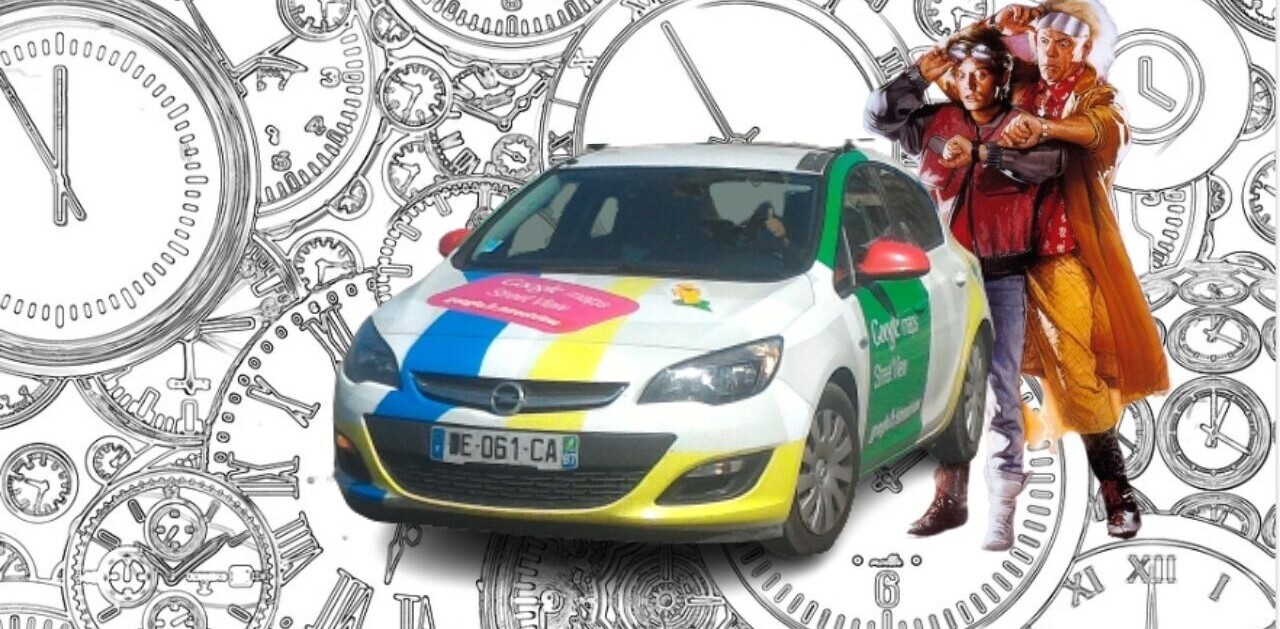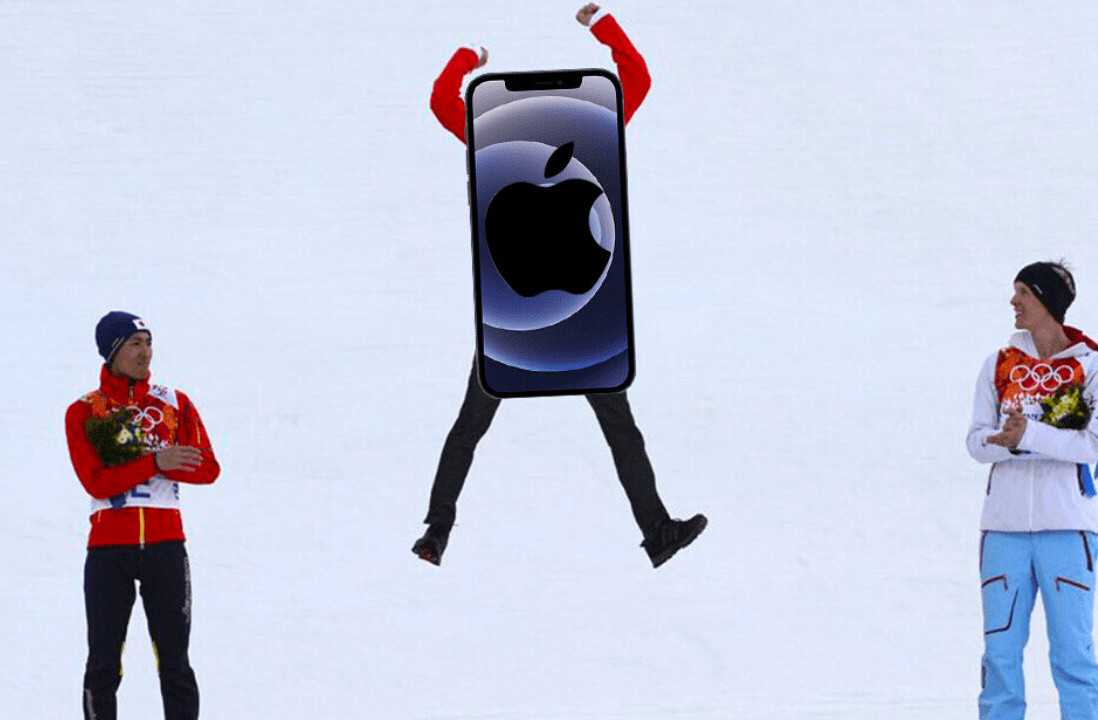
The day of Apple’s iOS 7 keynote at WWDC, I was walking down the street towards a desk and WiFi connection kindly offered to me so that I could work while in the city. As I was motoring, I got a message from a tipster who shall remain nameless that the new beta had some very bad news for hot messaging platform Snapchat.
Specifically, he said, iOS 7 no longer canceled active touches when taking a screenshot. If you take screenshots a lot, like I do for app reviews, then you would have gotten the implications immediately. If you’re touching the screen, holding a pane halfway open to screenshot it for instance, it will instantly cancel your touch and the pane will snap closed when you push the power and home buttons to snap a screenshot. Thus it ‘cancels’ the active touch on the screen at the moment.
This also happens to be exactly how Snapchat currently detects whether someone is taking a screenshot. If iOS sends a ‘cancel active touch’ command then boom, screenshot warning sent to the sender of the message and everyone is kept honest.
This is important because messages on Snapchat are meant to be momentary, seen only while you hold a finger on the screen and then gone forever. Hold a finger and snap a screenshot? Bam, warning and you’re a jerk face and block etc.
I have no idea if this is the same way it’s doing it on Android but it’s such a free for all there there’s probably a half dozen ways they could do it. As of now, though, I’m sure the team is in overdrive trying to figure out a way to work around the ‘active touch’ change to find another way to detect a screenshot. Especially now that a tipster also sent the info to Macrumors and they posted on it tonight.
One way that Snapchat could possibly do this is by getting a message directly from the screenshot API, which is currently private. Apple could, for instance, allow developers access to just the ‘screenshot taken’ confirmation message sent by the system. Or it could check the Camera Roll for a new screenshot-sized photo (there are already apps that do this).
Whatever the methods that the team is likely looking into at the moment, there’s a good chance that they would probably love to have a line of communication open to Apple. And maybe they do, at that. Even small developers typically have the ability to file a Radar on Apple’s bug reporter and have a couple of phone support calls a year. And there are developer evangelists that are available for chit chat to teams behind larger (more popular) apps.
And there’s always the possibility that the change was a simple error. If it was a mistake, expect it to get added back as iOS 7 is still very much in flux. If it wasn’t an error however, and it was an explicit omission, good luck on that front.
Nevertheless, if I had any strings to pull I’d be pulling them after a $60M round was just closed on the back of what amounts to a single driving feature: expectation of privacy.
Honestly though, more than the Snapchat team, the most likely vector for any strings getting pulled or channels of communication would be its investors. This kind of situation is exactly why you choose investors for more than just the amount of money they bring to the table. If your product exists and thrives mostly on a specific platform, having an investor that has direct connections to people at that platform company is worth many, many millions.
I don’t know if SV Angel, Institutional Venture Partners or any of the other investors in Snapchat have the kind of connections or clout it would take for Apple to change an API to preserve an app’s model, especially when it is essentially based on a hack. I mean, there are a lot of apps that hack the public APIs in odd ways to get the job done, just look at Dropbox or any of the other location change background uploading apps.
But those background upload apps actually got a nice official nod of approval with the new backgrounding APIs Apple introduced during its keynote for iOS 7. Not so much Snapchat.
So, if I’m Snapchat, I’m working furiously on both engineering and the phones to get this thing fixed and fast. And even more so if its ‘secret’ monetization plan is actually based on in-app purchases. Because what would be the best twist ever? If the first edition of the app that you could buy something in included an in-app purchase for…you guessed it… screenshot detection.
Headline image via Thinkstock
Get the TNW newsletter
Get the most important tech news in your inbox each week.





